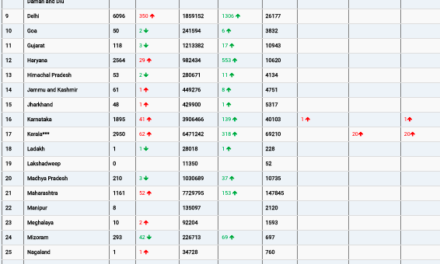A groundbreaking study conducted by researchers at the National Institute of Standards and Technology (NIST) has unveiled a revolutionary application of the ordinary cellphone magnetometer – measuring glucose concentrations with remarkable precision, potentially transforming the landscape of diabetes management.
Published in the March 30, 2024 edition of Nature Communications, the study showcases a pioneering technique that harnesses the built-in magnetometer in modern cellphones to detect changes in the concentration of glucose, a key marker for diabetes. Led by NIST scientists Gary Zabow and Mark Ferris, the research introduces a novel approach that utilizes magnetic materials sensitive to biological cues, presenting a cost-effective and rapid method for monitoring glucose levels.
Traditionally used for navigation by detecting Earth’s magnetic field, the cellphone magnetometer is repurposed in this study to measure minute variations in magnetic field strength induced by changes in the hydrogel strip’s volume. Engineered with magnetic particles, the hydrogel strip undergoes expansion or contraction in response to glucose concentrations or pH levels, thus modulating the magnetic field detected by the cellphone magnetometer.
Remarkably, the researchers achieved sensitivity capable of detecting glucose concentrations as low as a few millionths of a mole, opening avenues for non-invasive glucose monitoring through saliva in the future. The simplicity and affordability of the method offer a promising alternative for routine glucose testing, particularly in resource-constrained settings.
Moreover, the versatility of this technique extends beyond glucose monitoring, presenting opportunities for detecting various biomedical properties and environmental toxins. Engineered hydrogels, tailored to react to specific compounds, could enable rapid and cost-effective testing for a myriad of substances, enhancing healthcare accessibility and diagnostic capabilities.
Ferris emphasized the ease of fabrication and adaptability of smart hydrogels, underscoring their potential for diverse biomedical applications. The stacked bilayers of hydrogels employed in the study amplified motion and facilitated precise measurements, offering a scalable solution for widespread implementation.
However, to realize the commercial viability of this innovation, efforts are underway to optimize the production and longevity of hydrogel test strips. Zabow highlighted the need for expedited response times of hydrogels to environmental cues, essential for rapid measurements and enhanced usability.
Looking ahead, the implications of this breakthrough extend far beyond diabetes management. With the potential to detect DNA strands, specific proteins, and environmental contaminants, the cellphone magnetometer emerges as a powerful tool poised to revolutionize healthcare diagnostics and environmental monitoring.
As researchers continue to refine this innovative approach, the prospect of ubiquitous, affordable, and high-precision diagnostic capabilities heralds a new era in healthcare accessibility and disease management, promising transformative benefits for individuals worldwide.










